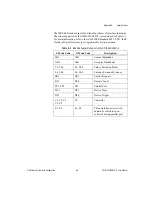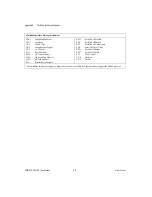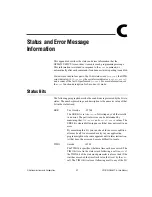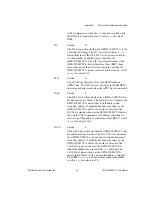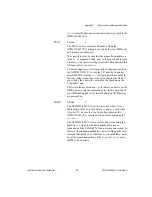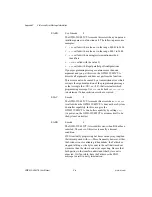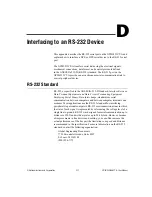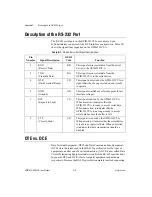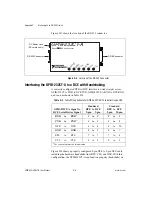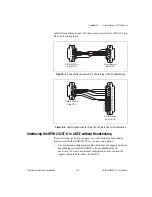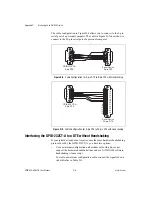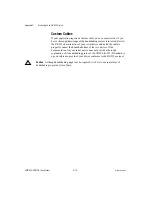
©
National Instruments Corporation
D-1
D
Interfacing to an RS-232 Device
This appendix describes the RS-232 serial port on the GPIB-232CT-A and
explains how to interface a DCE or DTE serial device to the RS-232 serial
port.
The GPIB-232CT-A transfers serial data using the electrical signals,
mechanical connections, data format, and control protocols defined
in the ANSI/EIA-232-D (RS-232) standard. The RS-232 port on the
GPIB-232CT-A provides an asynchronous serial communication link to
a serial peripheral device.
RS-232 Standard
RS-232, as specified in the ANSI/EIA-232-D Standard, Interface Between
Data Terminal Equipment and Data Circuit-Terminating Equipment
Employing Serial Binary Data Interchange, standardizes serial
communication between computers and between computer terminals and
modems. Most applications use the RS-232 standard for interfacing
peripherals to personal computers. RS-232 uses transmission lines in which
the state of each signal is represented by referencing the voltage level of a
single line to ground. RS-232 was designed for serial communication up to
distances of 50 ft and with data rates up to 20 kbytes/s. However, because
of improvements in line drivers and cabling, you can often increase the
actual performance of the bus past the limitations on speed and distance
recommended in the specification. For more information on the RS-232
standard, contact the following organization:
Global Engineering Documents
7730 Carondelet Avenue, Suite 4007
St. Louis, MO 63105
(800) 854-7179


